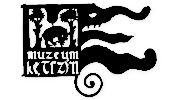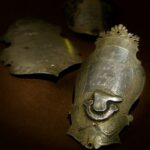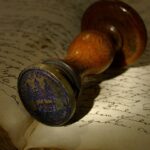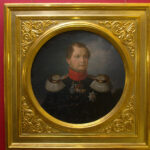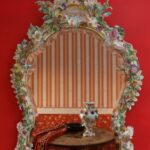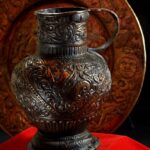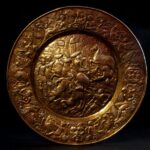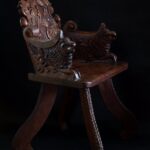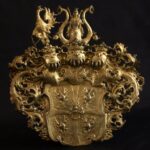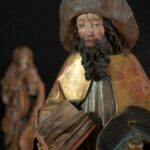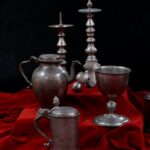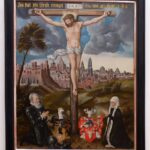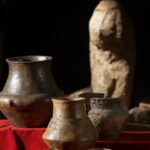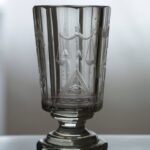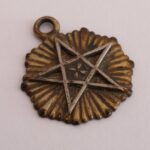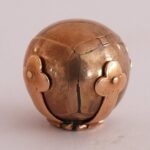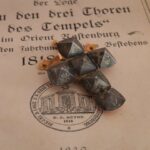The museum collects collections related primarily to the history of the city and the region. A large part of these collections are made up of exhibits from the fields of art, artistic crafts, history, and archives. These exhibits were secured in the first postwar years by the museum’s founder, Zofia Licharewa. Thanks to her efforts, many valuable historical artifacts were saved from destruction and dispersion. These included objects from the furnishings of nearby palaces and manors, destroyed and looted churches, the city’s magistrate’s archive, and the remains of the Heimatmuseum Rastenburg and Prussia Museum collections from Königsberg.
In the later years of the museum’s activity, artifacts were acquired through purchases, donations, and planned archaeological research. The archaeological department holds collections from both excavations conducted by museum staff and collections from the dispersed collection of the pre-war Heimatmuseum Rastenburg or the remains of the Prussia Museum collection from Königsberg.
Among the museum’s artistic collections, the following are of particular interest: a collection of sculptures from the late 15th century, epitaphs from the 16th-18th centuries, funeral banners, including the funeral banner of Frederick Groeben, a participant in the Battle of Vienna, and the only surviving funeral banner from the territory of the former Prussia with the image of three-year-old Botho Eulenburg, a collection of pewterware from the 18th-20th centuries, and a collection of artifacts secured in nearby manors and palaces. Of the numismatic exhibits, a fragment of one of three hoards of coins hidden in 1626 near the city walls, a collection of old municipal and guild seals, a collection of coins and medals from the 17th-19th centuries, and a collection of coins and substitute banknotes from the early 1920s of the 20th century are of great historical value.
The ethnography department’s collections include, among others: traditional home facilities used until recently on the Masurian countryside, as well as a collection of 18th-century stove tiles. The interesting geological collection gathered by Z. Licharewa is also worth noting. The photos, postcards, and documentary materials collected in the museum are a valuable source for understanding the history of the city and region. The museum library has, in addition to professional literature, a collection of incunabula from the 15th-19th centuries, rich collections of publications on the history of the region, and unique copies of local newspapers from the 19th and 20th centuries. The collection of manuscripts from the 17th-20th centuries from church archives and the city archives is particularly valuable.
photos by Robert Zakrzewski
